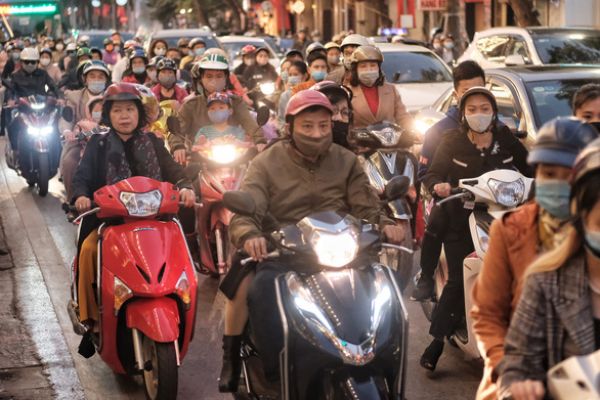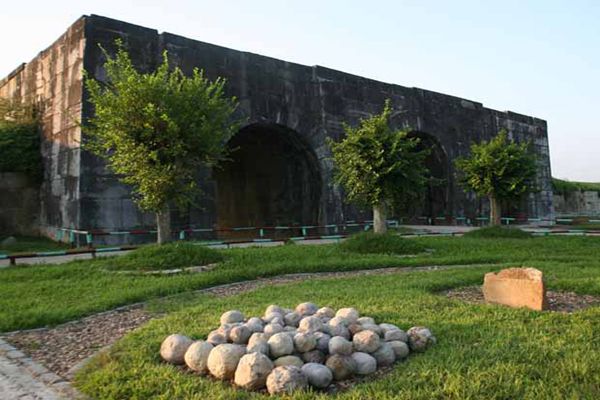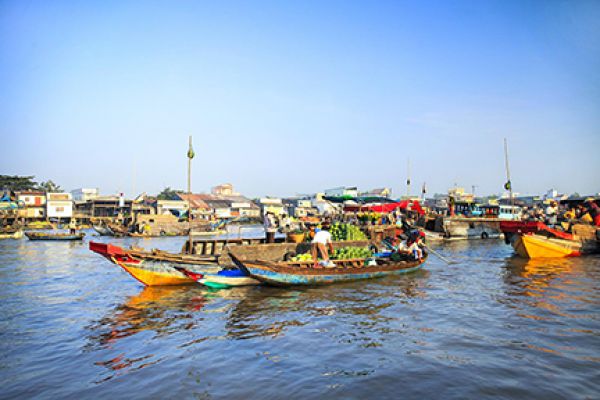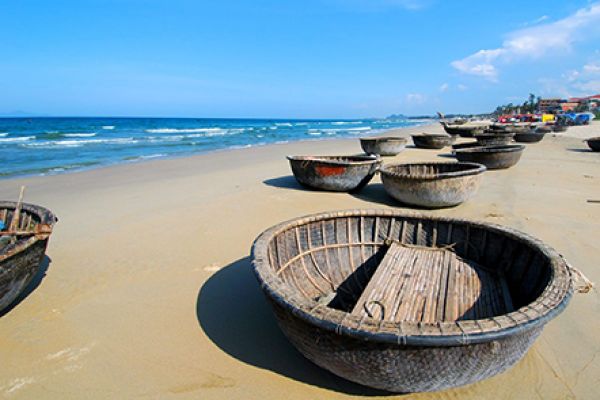Published: 00:00 Friday - February 19, 2010
"To have a hot bowl of good quality pho (beef noodle soup) like this, squeezing into this shop is not a problem for me. Traditional pho bo Nam Dinh (noodle soup, a speciality of Nam Dinh province) has been my favourite ever since it became a familiar trademark to gastronomes in Hanoi nearly 10 years ago," she says.
It seems that Vu Minh Lanh, the restaurant owner, has not had a day to relax in the entire 15 years since his shop opened in 1995.
"Although the dish originated in our village it was unable to fully develop there because the people had very low incomes; there wasn’t a high demand for this type of food, which was relatively expensive. Consequently, many of us have had to set up businesses outside of our homeland," says Lanh.
Lanh left Giao Cu Village, Nam Truc District in Nam Dinh for Hanoi years ago to take over the pho business his grandfather and father took great pains to establish in the 1950s.
Although Hanoi has long been famous for a variety of pho trademarks, such as Pho Thin, Pho Bat Dan and Pho Ly Quoc Su, traditional pho Nam Dinh has managed to gain ground in the capital.
Nowadays, Hanoi is overwhelmed with numerous pho bo Nam Dinh shops, some of which are widely known as the Ngoc Vuong chain, Pho Lanh shop on Nui Truc Street and Co Dang shop on Hoang Quoc Viet Street. It was young people from the current generation who made the food so popular that these days it can be found on virtually every street corner in Hanoi.
According to many elders in Nam Dinh, there is no specific evidence of where this world famous Vietnamese dish was born. However, it is an established fact that Co Huu Vang was the first villager from the province to introduce an ambulatory noodle soup concession stand to Hanoi in the 1930s.
One of the village elders, 80 year old Phan Dang, sold pho on Hang Trong Street in 1942 but then returned to Nam Dinh. He resettled in the capital in 1953 to open a noodle soup shop on Lan Ong Street. Now his family owns four shops and two rice noodle houses.
Another elder, Co Hung, set the record of selling 3,000 bowls of rice noodle per day in the 1960s. His family owned five noodle houses called Pho Hung in different parts of the capital.
In 1997, when the market economy started pick up nationwide, Van Cu and Giao Cu villagers left their homes for the big cities armed with good luck ‘amulets’ of pho to earn their livings.
Wherever they travelled, a wave of pho bo followed. Hanoi is among the many cities that has been greatly influenced by this traditional dish.
Soup makers have managed to hang on to the food making secrets that were passed down from previous generations. However, they have also altered the traditional recipes to suit customer tastes in different areas.
Lanh’s fellow-countryman Vu Ngoc Vuong has his own strong attachments to this trade, which was handed down to him from two previous generations. The success and reputation of his family’s cuisine helped him to develop three restaurants in Hanoi and one in HCM City.
Ngoc Vuong restaurants welcome large numbers of customers everyday. Although they are open all day, the restaurants are the most crowded in the morning. Each one sells more than 1,000 bowls of noodle soup per day.
However, the positions of these age-old traditional shops are being threatened by a lot of new business models, such as Pho 24 or Pho Vuong and even copycat pho Nam Dinh shops.
Families with many members involved in the trade have held several meetings to discuss measures to affirm quality as well as the culture of traditional pho Nam Dinh.
In Hanoi, a land famous in its own right for its traditional pho, this speciality of Nam Dinh province has won the favour of many locals.










(84-63) 3 826042 – (84-63) 3 511142
No 54 Nguyen Dinh Chieu, Ham Tien Central Mui Ne Beach Binh Thuan Vietnam
523 To Hien Thanh District 10 Ho Chi Minh City Vietnam
Ha Long Halong City Quang Ninh Vietnam
A13 Hung Thong 2 Halong City Quang Ninh Vietnam




